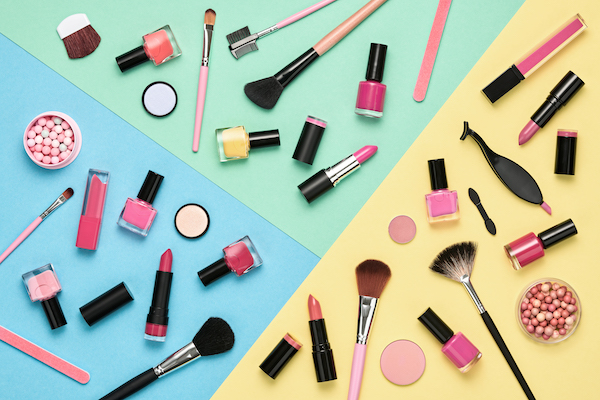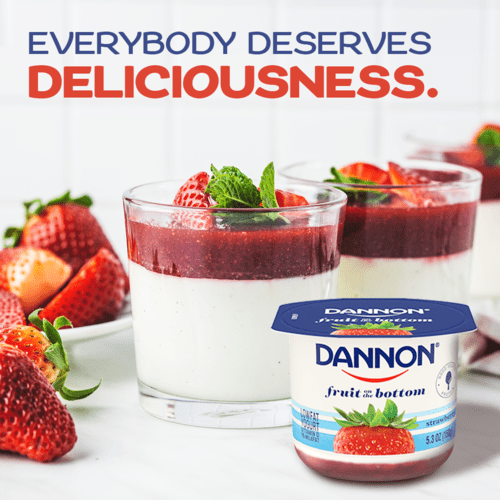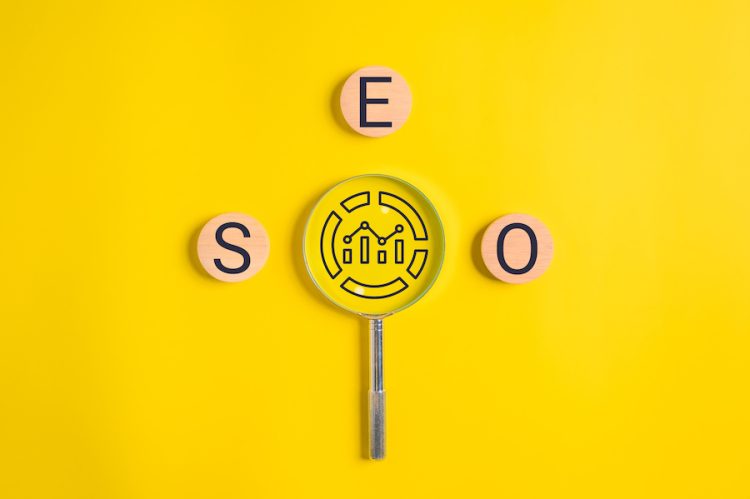The beauty industry is witnessing unprecedented growth, partly due to its effective embrace of digital channels. As brands look to differentiate themselves in a crowded market, it’s essential to understand the full scope of Digital Omnichannel Marketing for Beauty Products.
1-Unified Digital Presence:
-
Website – The Digital Storefront:
- Your website should not just be a point of sale; it should be an immersive experience for visitors.
- Use high-quality images, customer reviews, and product tutorials.
- Ensure mobile-friendliness; many consumers now shop directly from mobile devices.
-
Content Marketing – Educate and Engage:
- Create a regular content schedule, incorporating blog posts, infographics, and videos.
- Topics could range from beauty tips, product usage guides, or industry trends.
2-Personalized Engagement Techniques:
-
Email Marketing – Beyond Newsletters:
- Segment your email list based on purchase history, browsing behavior, and user preferences.
- Personalize emails, from product recommendations to birthday greetings.
-
Retargeting – The Gentle Reminder:
- Use tools like Facebook Pixel to track website visits.
- Display targeted ads to users who’ve visited your website, reminding them of the products they viewed.
-
Social Media – Building Community:
- It’s not just about posts; utilize Stories, Live broadcasts, and interactive polls or quizzes.
- Collaborate with followers: Share their content, create hashtag challenges, or conduct AMAs (Ask Me Anything).
3-Visibility and Reach Enhancement:
-
Search Engine Marketing (SEM) – Immediate Visibility:
- Perfect for new product launches or seasonal promotions.
- Incorporate A/B testing to see which ads resonate most with your audience.
-
Search Engine Optimization (SEO) – Organic Reach:
- Research keywords specific to beauty and skincare. Tools like SEMrush or Moz can help.
- Regularly update website content, incorporate backlinks, and ensure fast loading speeds.
-
Native Advertising – Subtle yet Effective:
- Platforms like Taboola or Outbrain can help distribute your content on high-traffic websites.
- The key is to ensure the content is relevant and provides value, not just a blatant advertisement.
-
Social Media Advertising – Precision Targeting:
- Use platform-specific targeting options, such as Facebook’s detailed targeting criteria, which includes interests, behaviors, and more.
4-Collaborative Marketing Techniques:
-
Influencer Marketing – Authentic Promotion:
- Identify influencers whose audience aligns with your target demographic.
- Consider micro-influencers; they often have a more engaged and niche following.
5-Modern Outreach Platforms:
-
OTT Marketing – The New TV Advertising:
- Ideal for reaching younger demographics who prefer streaming platforms.
- Create engaging, short video ads tailored to the platform, whether it’s Netflix, Hulu, or Amazon Prime Video.
6-Authentic Engagement and Trust-building:
-
User-Generated Content – Authenticity Matters:
- Encourage users to share their product experiences. This could be through reviews, photos, or videos.
- Hold contests where customers can submit their content, increasing engagement and brand loyalty.
-
Community Building – Beyond Transactions:
- Participate actively in online beauty communities, such as beauty forums, Reddit threads, or niche Facebook groups.
- Don’t just promote; listen to feedback, provide valuable insights, and become a trusted voice in the community.
Conclusion
Digital omnichannel marketing offers beauty brands a plethora of tools and techniques to not only promote their products but also to create lasting relationships with their customers. By understanding and leveraging these channels, beauty brands can stand out in a competitive market, ensuring brand loyalty and continuous growth. Whether you’re a budding beauty brand or an established player, incorporating these strategies can propel you to greater digital success. As Cool Nerds Marketing, I hope we can guide you with this Digital Omnichannel Marketing for Beauty Products article.





